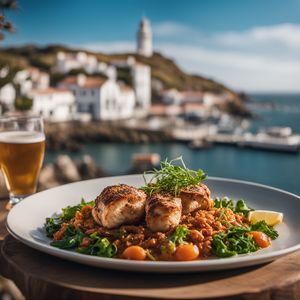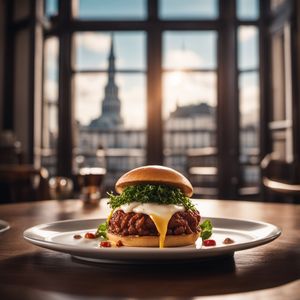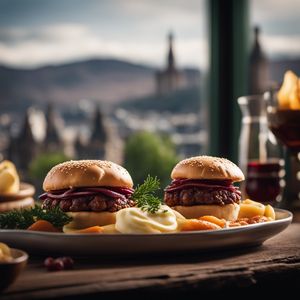
Dish
Pastie
The pastry is made from shortcrust pastry and is filled with diced beef, potatoes, onions, and swede. The filling is seasoned with salt and pepper and is cooked until tender. The pastry is then baked until golden brown. Pasties can be eaten hot or cold and are often served with ketchup or brown sauce.
Origins and history
Pasties originated in Cornwall in the 17th century and were traditionally eaten by miners. The pastry was designed to be a complete meal that could be eaten with dirty hands, as miners were not allowed to wash their hands during their shifts. Pasties were also popular with sailors as they could be taken on long voyages without spoiling.
Dietary considerations
Pasties are not suitable for vegetarians or vegans as they contain meat. They are also high in calories and fat, so should be eaten in moderation.
Variations
There are many variations of pasties, including vegetarian and vegan options. Some pasties also include cheese or other vegetables such as carrots or turnips.
Presentation and garnishing
Pasties are typically presented in a paper bag or wrapped in foil. They can be garnished with a sprig of parsley or a dusting of paprika.
Tips & Tricks
When making pasties, it is important to ensure that the filling is cooked until tender to prevent the pastry from becoming soggy. It is also important to crimp the edges of the pastry to prevent the filling from leaking out during baking.
Side-dishes
Pasties can be served with a side salad or chips. They are also often eaten on their own as a snack.
Drink pairings
Pasties are traditionally paired with a pint of ale or cider.
Delicious Pastie recipes
More dishes from this category... Browse all »
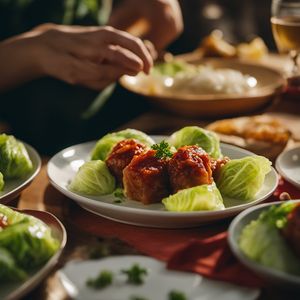
Balandėliai
Lithuanian cuisine

Banjalučki ćevapi
Bosnian cuisine

Beyti kebab
Turkish cuisine

Biber dolması
Turkish cuisine

Biftekia
Greek cuisine
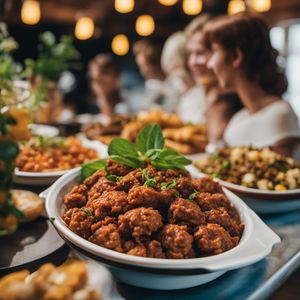
Buletten
German cuisine
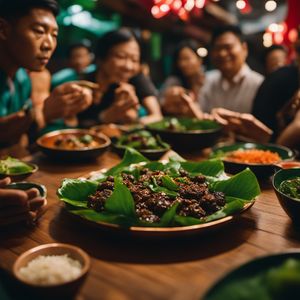
Bò lá lốt
Vietnamese cuisine

Carne entomatada
Mexican cuisine


